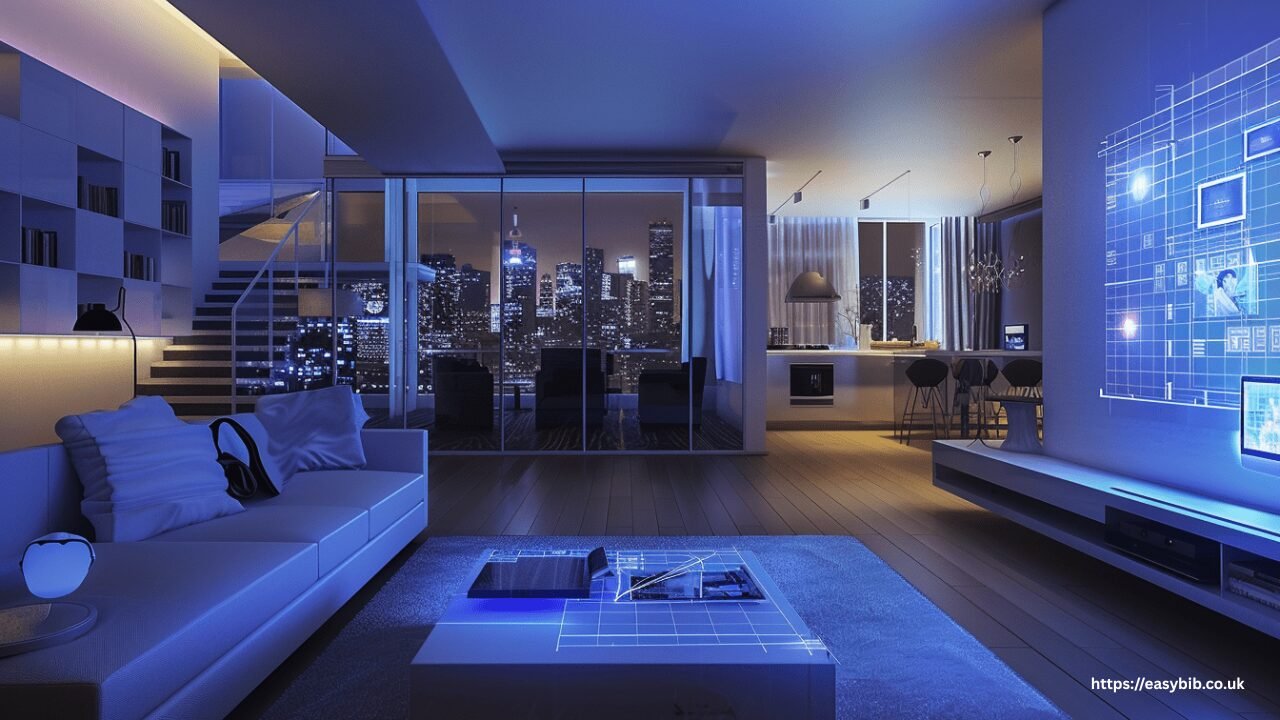Smart Homes Start with Smart Design: How Architects Integrate Technology

Home technology is no longer a luxury—it’s now a standard expectation. From integrated lighting systems and heating controls to security, entertainment, and beyond, smart tech is reshaping the way we live. But while the result often feels seamless, its successful integration begins much earlier, during the design process itself. This is where experienced residential architects make all the difference.
Designing for the invisible
The most advanced homes are not the ones shouting about it. They’re the ones where technology works effortlessly in the background. That requires foresight. Architects must anticipate how a space will be used, not only today but ten years from now. This includes accommodating wiring and access for future upgrades, working closely with consultants, and ensuring systems don’t interrupt the visual harmony of the home.
The most elegant smart home designs are those where functionality is embedded, not retrofitted. Thoughtful planning from the outset ensures that technology enhances everyday living without compromising the space’s aesthetics.
It starts with the layout.
Before any cables are laid or systems installed, the architectural layout must do the heavy lifting. Zoning is key: open-plan kitchens, home offices, living areas, and bedrooms often have very different demands when it comes to lighting, sound, or temperature control.
Effective smart home design starts with understanding how people use their spaces, ensuring each zone supports both comfort and control. For example, a kitchen might be set to bright daylight settings during the day and switch to warm ambient lighting in the evening – all automatically.
Collaboration is crucial
Technology moves fast, but good architecture is built to last. That’s why it’s essential to work with specialists from the start. As residential architects, we often collaborate with lighting designers, AV consultants, and sustainability experts to ensure that all systems integrate seamlessly with one another and with the building itself.
This collaboration enables fully tailored outcomes, such as discreet speakers embedded in ceilings, underfloor heating that responds to external weather conditions, blinds that move with the sun, or entry systems that blend seamlessly with period facades.
The aesthetic balance
While innovative systems bring convenience, they can easily compromise the feel of a space if not carefully considered. We approach every project with the same principle: technology should enhance architecture, not compete with it.
That might mean hiding charging stations within bespoke joinery, choosing switch finishes that echo the interior palette, or ensuring all exposed tech aligns with the home’s material language. Beauty and practicality go hand in hand.
READ MORE
Planning for change
Innovative technology is evolving rapidly, and today’s high-end solutions can become obsolete within a few years. That’s why we design homes with flexibility in mind. Accessible service zones, integrated voids for future wiring, and adaptable control systems all help future-proof your investment.
Importantly, we make sure our clients understand how their systems work, not just during handover, but for years to come.
Armstrong Simmonds Architects is known for creating architecture that enhances the way people live today while anticipating future needs. Whether it’s a new build or the transformation of an existing home, their team of experienced residential architects delivers spaces where thoughtful design and modern technology come together seamlessly.
